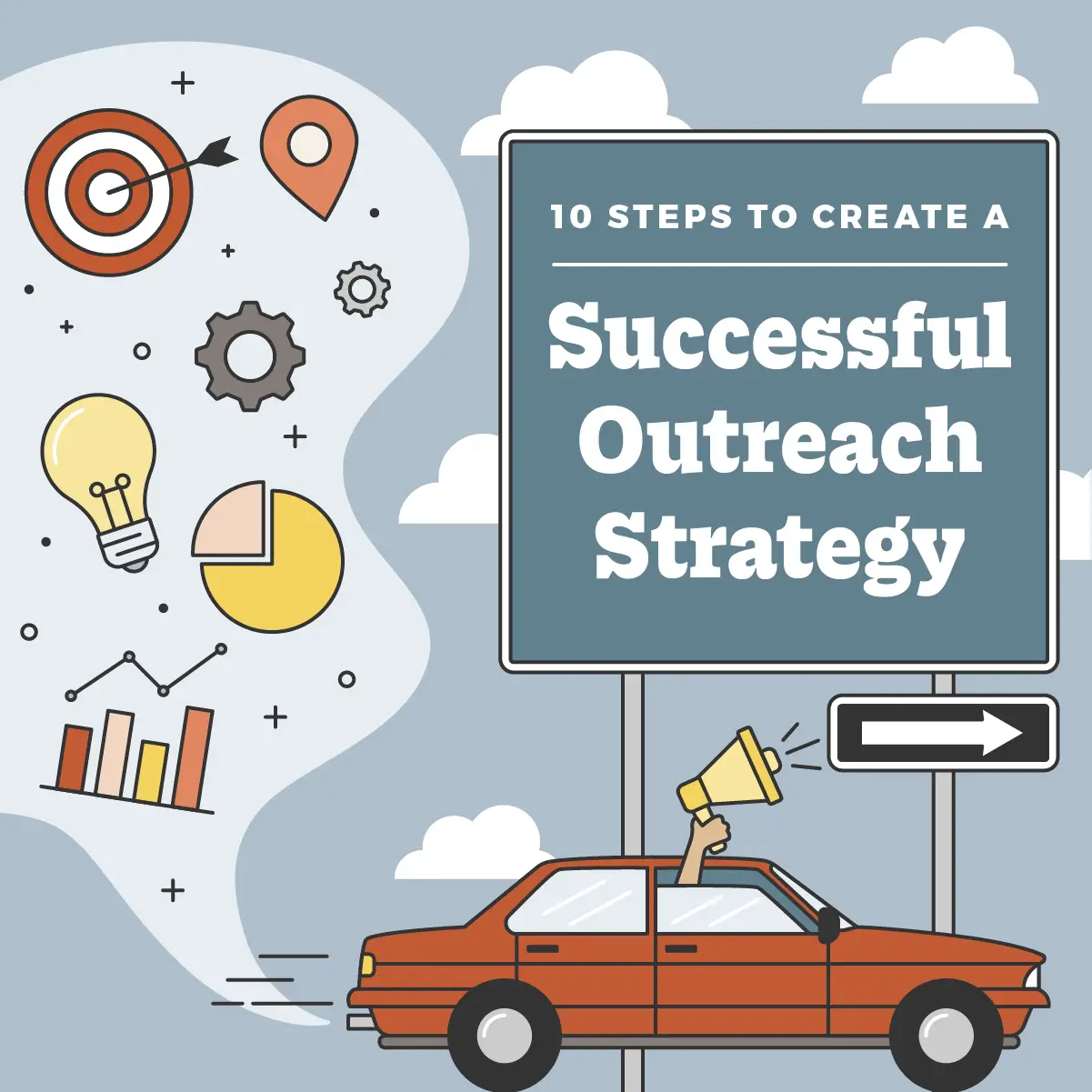What’s Scrum? Plus, How to Use Scrum to Boost Teamwork and Productivity

The word “scrum” might not sound like anything good, but it’s actually more useful in the business world than you think. But just what is scrum, and why do you need to know about it? In this guide, we’ll cover it all. For starters, the software world borrowed this unique term from the sport of rugby.
The word was first trademarked in a paper published in Harvard Business Review in 1986, as part of a discussion on product development within companies. The term was picked because the emphasis was on teamwork conveyed the appropriate message within the paper. Scrum is not:
- An acronym
- A trademarked phrase
- A proper noun, unless used with certified titles (i.e. Scrum Master, etc.)
The fundamental basis of scrum is a small team of people that consists of:
- A product owner
- A scrum master
- Developers
This team is a cross-functional group that self-manages. They work on a single objective at a time: the product goal. In the section below, we’ll look at each role of a scrum team and what it entails, and then we’ll talk about how this methodology can help you boost productivity and teamwork.
The members of scrum
As mentioned, there are a few different roles within these teams. The product owner is the one responsible for delivering positive business results. They represent the product stakeholders and the customer voice, and they define their product within the terms of customer-centric outcomes to get results.
It’s advised to have only one product owner per team and that the role is not combined with the scrum master role. It will be more effective if they are separate roles filled by different individuals. They will be able to use the tools of scrum to manage complex tasks while being able to also achieve value and control risk.
The scrum master is accountable for ensuring that the team can deliver on their product goals and end deliverables. This is less of a traditional team leader role and more of a “middleman,” if you will, acting as a barrier to keep the team from distracting influences. They facilitate sessions and encourage team growth, and are sometimes called facilitators because of this role. Essentially, a scrum master will handle:
- Facilitating team events
- Promoting cross-functionality and self-organization among the team
- Helping the team determine when a product is “done” using input from key stakeholders
- Helping product owners maintain the backlog so that everyone understands what needs to be done
- Coaching the team using the principles of scrum
- Educating key stakeholders and other members of the organization on scrum and agile practices
- Helping the team remove or avoid barriers to progress, both internal and external
Unlike a traditional project manager, a scrum master doesn’t necessarily have people management duties. They’re more of an overseer and the team is expected to be self-organizing and empowered.
Developers are the bulk of the scrum team. To avoid confusion they’re often just called team members. That’s because developers can be researchers, designers, analysts, engineers, data specialists, programmers, etc. The term “developer” refers to any team member that plays a role in the support and development of a system or product.
These are the main components of a scrum team. When properly organized, this team can improve efficiencies in product development and create a more cohesive organization overall by empowering teams to self-manage and stay on task.
How it works
Scrum methodology requires all projects to go through what is known as “sprints” that are scheduled every 2-4 weeks. These all begin with a planning meeting. A list of activities and tasks will be given to team members, and then the team will organize and perform the tasks as required. It promotes effective team collaboration and ensures that the work is done in the most efficient way possible.
At the end of the sprint, the work done will be reviewed and the team will analyze what will affect the next move or potential growth, and so forth. They will also identify improvement opportunities in both product development and the scrum process itself, helping streamline things even further.
Using scrum to boost productivity and teamwork
The scrum process itself is all about making teams better. Therefore, using it to improve your own teams is an easy task. There are five main areas that you’ll want to focus on to ensure that you’re creating the best potential for teamwork and productivity across the board.
- Teach self-management: The whole point of a scrum team is that they’re supposed to be self-managed and able to perform work without constant supervision. Make sure that everyone is encouraged to take responsibility and control of the project, not waiting for a manager’s nod of approval.
- Work on internal communication: Companies that can’t communicate can’t work as a team effectively. It’s important to promote healthy, open communication to facilitate better teamwork.
- Dedicate yourself to retrospective: This is about embracing brainstorming and creativity, using the information and results from each previous sprint to improve progress or product development in one way or another. This helps you constantly find better solutions.
- Focus on the individual and individuality: Although this sounds contradictory, ensuring that your team feels like individuals and that they are held accountable individually can change their progress and teamwork immensely.
- Focus on collaboration and decision-making as a team: The whole point of scrum is to improve the team experience. Teams aren’t always going to agree, though, so there will need to be room for compromise and negotiation. Collaborative decision-making is a must.
With better teams come more leads—are you ready to answer the call?
You already have a lot on your plate when it comes to running your business, let alone having to manage leads, field calls, and handle other tasks. Fortunately, you’re not alone in your efforts. While you’re helping your company improve by implementing scrum, the dedicated virtual receptionists at Smith.ai will be here to handle 24/7 phone calls, lead intake, scheduling, and so much more.
To learn more about how we can help with your lead generation or even handle your outreach campaigns in the first place, schedule a consultation or reach out to us at hello@smith.ai or (650) 727-6484.
Related Posts















.svg)
